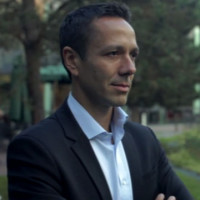 by Cindy Wahler
by Cindy Wahler
Academic training provides abundant business case examples that allow students to see how and why organizations succeed or fail during turbulent times. We do know that companies with the best strategy can engender great success. The strategy, if implemented appropriately, can help turn the organization around by increasing market share and profitable growth.
The one caveat to brilliant strategy is talent. With the war on talent being ever so true there are many highly educated candidates in the marketplace. Those candidates who could not secure employment after completing an undergraduate degree went back to school. They chose further education in the form of postgraduate degrees and specialty certificate training programs. The intent is to enhance resumes, add additional qualifications and create greater marketability. The net result is that our potential employee population has never been brighter, smarter and steeped in theoretical business acumen. Those students who had an opportunity to participate in a co-op or internship placement do have an edge. This was a savvy choice on their part to seek out academic programs with a practical component. Employers will always hire a known quantity, and if fortunate, many of these students are indeed hired back upon graduation as full time employees. Continue reading




 by Joe Panepinto
by Joe Panepinto